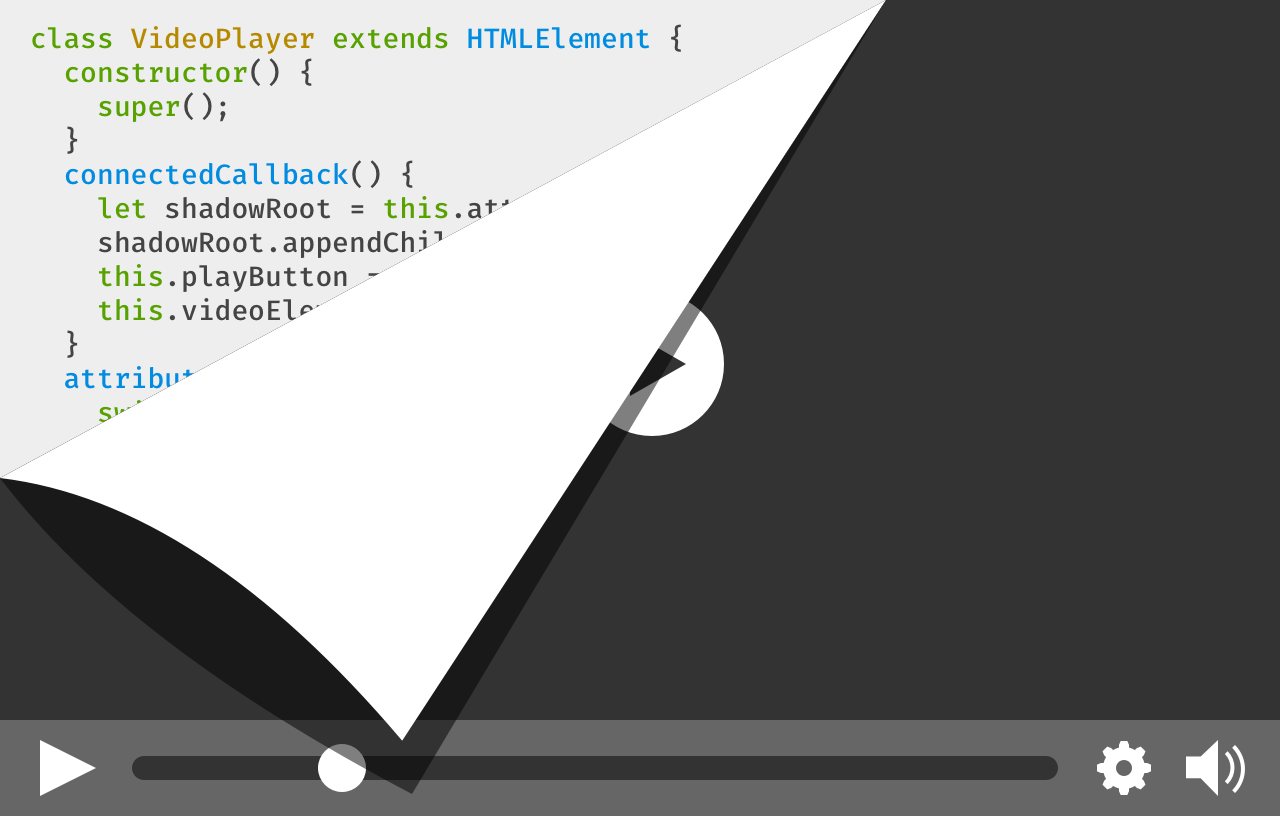![Plein Vol Voyages [Travel Agency]](https://narodev.com/wp-content/uploads/2019/03/Screenshot_2019-03-27-A-Propos-Plein-Vol-Voyages-720x360.jpg)
Plein Vol Voyages [Travel Agency]
PLEIN VOL VOYAGES is a travel agency based in Oran near the weather inspections administration online and in site for appointments and reservations , started up 2018 to communicate and transmit the patient of traveling to all of it's customers . Link : https://pleinvolvoyages.dz/ Sections : HomeServicesOffers (coup de coeur)Aboutlogin / registrationContact Technologies : PHPCodeigniterPaypal APIMysqlSendgrid API Team : Webmaster Amine G .Graphics Designer Djamel Eddine H .









